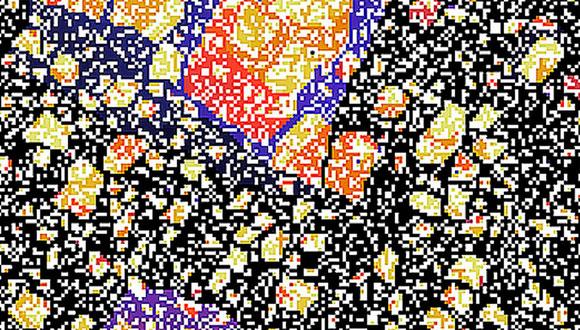Biological & Soft Matter Seminar: Modeling Collective Cell Migration: Clusters and Monolayers
Nir Gov, Weizmann
Abstract:
Collective cell migration is a phenomenon of fundamental importance during development, wound-healing and cancer. It has attracted the attention of physicists, as it combines biology with physical forces, to produce motion. I will describe in this talk theoretical modeling for various aspects of collective cell motility. The common feature of these models is that we try to keep them as simple as possible, but still allow us to elucidate the dominant mechanism driving the observed phenomenon. The first example of collective cell migration is chemotaxis of cellular clusters. This was observed in two-dimensions in-vitro, and in three dimensions in-vivo. During chemotaxis, in 3D, larger clusters move faster than smaller clusters, and we show this is analogous to motion under gravity in a viscous medium. During motion, clusters are observed to spontaneously switch from "running" to "rotation" motion. We propose a model for these transitions, driven by differential motility and ordering within the cluster. Finally, we describe the motion of an expanding confluent monolayer of cells. We proposed a model that is based on a feedback between the curvature and motility of the monolayer edge. This model can explain the instability of the monolayer edge, to form "fingers" of flowing cells, as well as the flow of the cell cohort within confined geometries.
Seminar Organizer: Nimrod Segall


